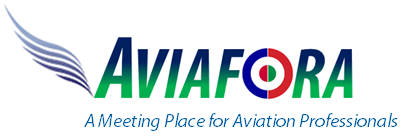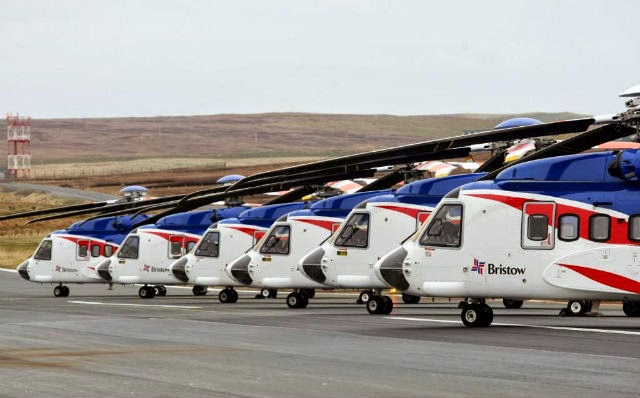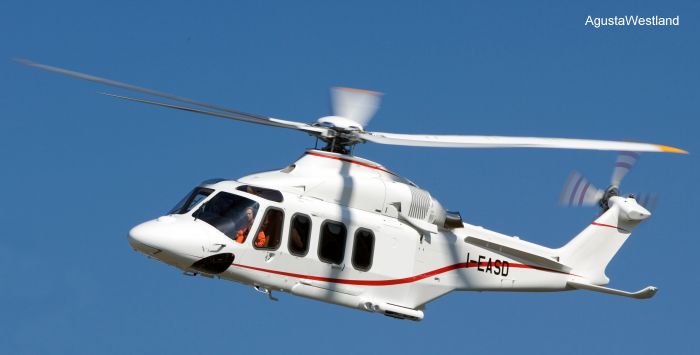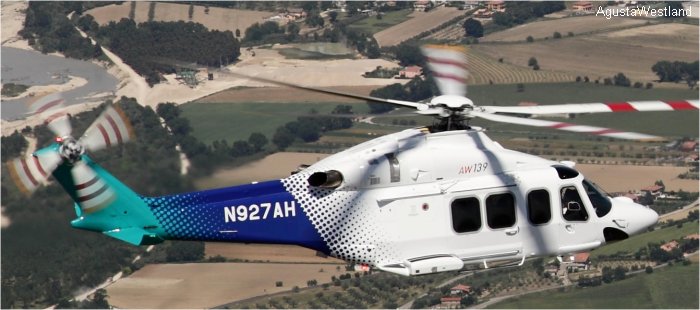
BSEE Reviewing Offshore Helideck Safety Standards
The US Bureau of Safety and Environmental Enforcement is seeking public comments on a proposed rule aimed at improving safety of helideck and aviation fuel operations on fixed offshore facilities.
It specifically would like comments on whether to incorporate in its regulations certain industry and international standards for design, construction, and maintenance of offshore helidecks, as well as standards for aviation fuel quality, storage, and handling, BSEE said in an advanced notice of possible rulemaking.
BSEE also asked whether it should incorporate existing standards, with modifications, for helideck and aviation fuel systems, or develop new regulations. As an alternative, it is seeking comments on whether to require submissions on past accidents or other incidents involving helidecks, helicopters, or aviation fuel on or near fixed OCS facilities, it said.
“We know that transportation accidents account for the majority of fatalities on the OCS, and that helicopter-related accidents are a significant concern,” BSEE Director Brian Salerno said. “We are looking at our regulations to ensure that the aviation related areas over which we have jurisdiction have the benefit of rigorous safety standards.”
Comments on the proposals will be accepted for 60 days following their scheduled publication in the Sept. 24 Federal Register.
If you wish to offer feedback please contact Nick Snow at nicks@pennwell.com
It specifically would like comments on whether to incorporate in its regulations certain industry and international standards for design, construction, and maintenance of offshore helidecks, as well as standards for aviation fuel quality, storage, and handling, BSEE said in an advanced notice of possible rulemaking.
BSEE also asked whether it should incorporate existing standards, with modifications, for helideck and aviation fuel systems, or develop new regulations. As an alternative, it is seeking comments on whether to require submissions on past accidents or other incidents involving helidecks, helicopters, or aviation fuel on or near fixed OCS facilities, it said.
“We know that transportation accidents account for the majority of fatalities on the OCS, and that helicopter-related accidents are a significant concern,” BSEE Director Brian Salerno said. “We are looking at our regulations to ensure that the aviation related areas over which we have jurisdiction have the benefit of rigorous safety standards.”
Comments on the proposals will be accepted for 60 days following their scheduled publication in the Sept. 24 Federal Register.
If you wish to offer feedback please contact Nick Snow at nicks@pennwell.com






























Leave a comment: